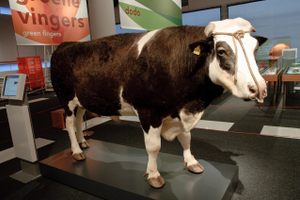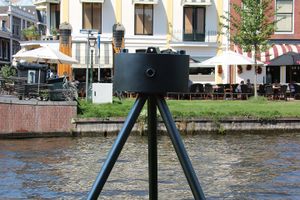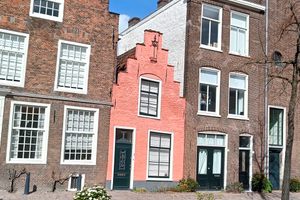About
Teaching medicine has been one of the core tasks of Leiden University since its founding in 1575, and a large part of this education includes learning about the various diseases and problems that humans suffer from, and how to heal or at least mitigate the symptoms. Most of this information comes from medical books, but sometimes, a real-life example can make things much clearer.
In the school's early days, this was done by collecting samples in a curiosity cabinet called the Albinuskast. Later, this expanded into a larger anatomical collection that had many examples of both healthy and sick individuals, organs, and other body parts. Students could then be taught how to spot these diseases in various stages as well as see preserved examples of individuals with conditions that are rare or no longer exist.
Today, the collection continues its mission of educating visitors about the human body and what ails it. Since 2007, more than 800 specimens from Leiden University's collection have been displayed to the public in a museum. Each specimen is explained on digital screens and often visits are accompanied by a knowledgable guide. In 2009, the museum was nominated for the prestigious European Museum of the Year award.
Unfortunately, the museum is aimed very heavily at medical students and generally not accessible to the public apart from two specific days each year in April and October. If you are not around during one of those times, consider going to the nearby Museum Boerhaave or Museum Vrolik in Amsterdam.
Related Tags
Know Before You Go
The museum is only accessible for the public in April during the "Nationale Museumweekend" and in October during the "Wetenschapsdag". However, the event pages typically do not advertise this museum and information is only available on the LUMC website, making this a hidden museum that is largely unknown even to most Leiden residents. Access to the museum is free.
Pictures inside the museum are not allowed.
Community Contributors
Added By
Published
April 23, 2024

























